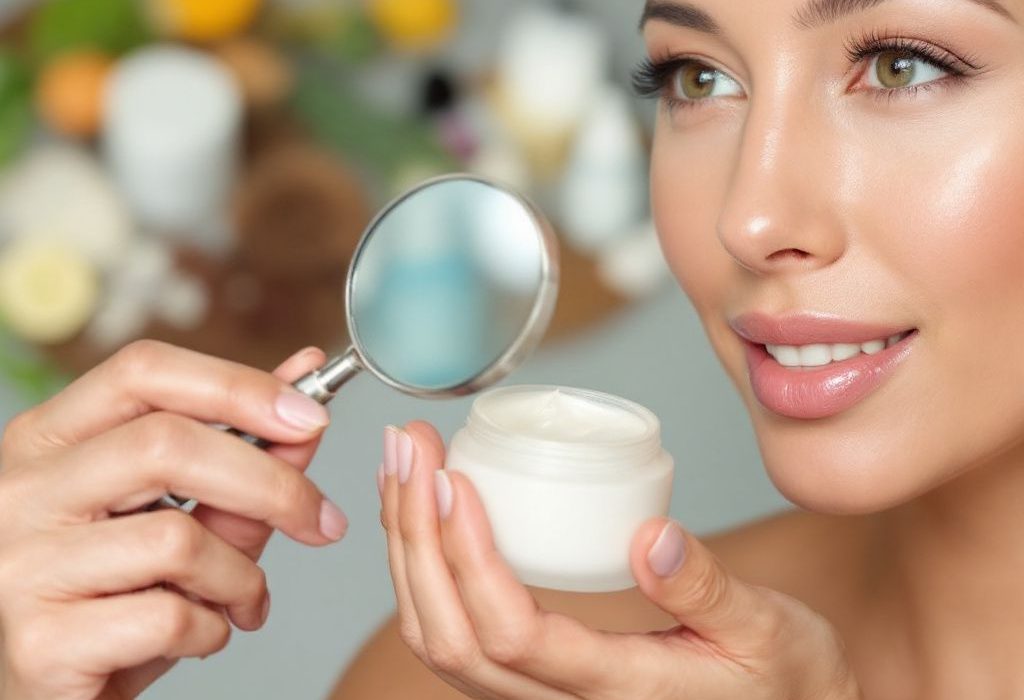So, you’re standing in the skincare aisle, staring at a seemingly endless row of face creams with colorful labels screaming glossy promises. The scents are vying for attention. The packaging? Beyond sleek. But honestly, what’s really going on inside those tiny jars? If you’ve ever squinted at a label and wondered, I get you. Knowing exactly what’s in there and what those face cream ingredients actually do can feel like unraveling a mystery. Let’s dive into the world of face cream ingredients and simplify things a bit. You ready for this?
Face Cream Ingredients: The Key Players
All right, let’s break it down. It’s not as intimidating as it seems, I promise. Face creams are formulated with a specific goal and key ingredients that bring those goals to life. For instance, understanding the role of glycosaminoglycans in skin hydration can illuminate why your skin feels plump and youthful after application. Similarly, those in their twenties might find it crucial to start integrating retinol into their skincare routine to preemptively tackle signs of aging.
However, one must also consider environmental factors, like how indoor light can accelerate aging, which many overlook when choosing their skincare products. Likewise, humidity plays a critical role in how effective these creams can be, which is why understanding the climate challenge of humidity and aging is essential for adapting your skincare routine accordingly.
Another key aspect of face creams is their ability to address specific skin concerns. For example, if dark spots are a concern, using a serum designed to remove dark spots might be vital. Some people might be searching for solutions on how to get rid of black spots on their face overnight, while others focus on specific areas like removing black spots on the forehead.
Choosing the right moisturizer is also crucial, especially at night when the skin is in repair mode. A comprehensive guide to the best night moisturizers can provide insights into what formulations might offer the most benefits while you sleep. Additionally, understanding what is considered mature skin can help tailor your approach to choosing the right anti-aging products.
Lastly, for those looking at the broader perspective of aging gracefully, exploring comprehensive anti-aging solutions for mature skin can provide a holistic approach to skincare that addresses multiple concerns at once.


